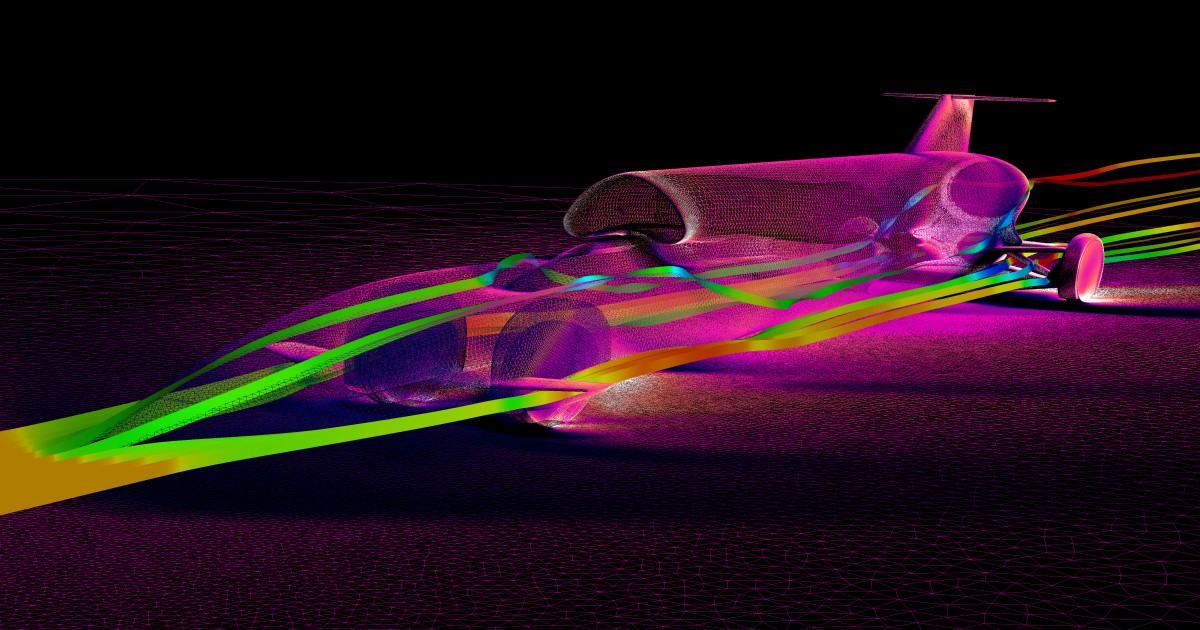- 2.2Impact Factor
- 4.0CiteScore
- 21 daysTime to First Decision
Advances in Aerodynamic Shape Optimisation
This special issue belongs to the section “Aeronautics“.
Special Issue Information
Dear Colleagues,
This Special Issue will focus on the broad range of research topics encompassing the theme of Aerodynamic Shape Optimisation (ASO). Aerodynamic Shape Optimisation is one of the underpinning contributors to design within the aerospace industry, and, as such, we welcome contributions from academics of all backgrounds working in fundamental areas of research focusing on algorithm development and optimisation methods through to application-based research in any context that involves the design or optimisation of aerodynamic flows. We welcome contributions from researchers who use either gradient-based or gradient-free methods, and we are especially interested in contributions whose potential impact will aid the aerospace industry in its transition to towards (carbon) net zero aviation.
Prof. Dr. Ben Evans
Guest Editor
Manuscript Submission Information
Manuscripts should be submitted online at www.mdpi.com by registering and logging in to this website. Once you are registered, click here to go to the submission form. Manuscripts can be submitted until the deadline. All submissions that pass pre-check are peer-reviewed. Accepted papers will be published continuously in the journal (as soon as accepted) and will be listed together on the special issue website. Research articles, review articles as well as short communications are invited. For planned papers, a title and short abstract (about 250 words) can be sent to the Editorial Office for assessment.
Submitted manuscripts should not have been published previously, nor be under consideration for publication elsewhere (except conference proceedings papers). All manuscripts are thoroughly refereed through a single-blind peer-review process. A guide for authors and other relevant information for submission of manuscripts is available on the Instructions for Authors page. Aerospace is an international peer-reviewed open access monthly journal published by MDPI.
Please visit the Instructions for Authors page before submitting a manuscript. The Article Processing Charge (APC) for publication in this open access journal is 2400 CHF (Swiss Francs). Submitted papers should be well formatted and use good English. Authors may use MDPI's English editing service prior to publication or during author revisions.
Keywords
- gradient-based optimisation
- gradient-free optimisation
- adjoint methods
- evolutionary computing
- aerodynamic design
- shape optimisation
- AI
- machine learning
- computational modelling
- high performance computing
- novel aircraft configurations
- drag reduction devices
- laminar flow control

Benefits of Publishing in a Special Issue
- Ease of navigation: Grouping papers by topic helps scholars navigate broad scope journals more efficiently.
- Greater discoverability: Special Issues support the reach and impact of scientific research. Articles in Special Issues are more discoverable and cited more frequently.
- Expansion of research network: Special Issues facilitate connections among authors, fostering scientific collaborations.
- External promotion: Articles in Special Issues are often promoted through the journal's social media, increasing their visibility.
- e-Book format: Special Issues with more than 10 articles can be published as dedicated e-books, ensuring wide and rapid dissemination.

